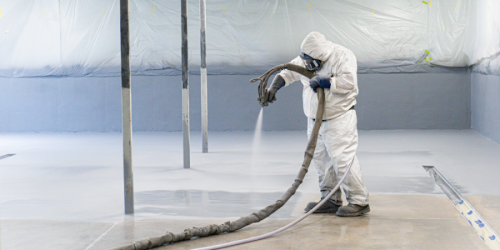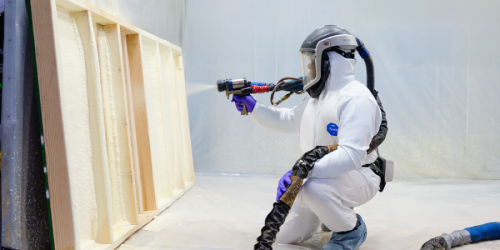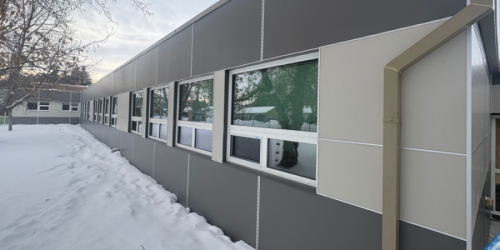Q&A Forums
Flotation Foam Post New Topic | Post Reply
| Author | Comments |
|---|---|
|
Steve Dyer
Posted: Sep 24, 2006 12:31 PM
|
Flotation Foam
What product should I use to fill a pair of fiberglass pontoon logs with for flotation. The boat seems to have a leak source that can not be identified. Also any tips on procedures would be helpful. Thank you
|
|
Posted: Sep 24, 2006 03:09 PM
|
foam is a floatation device,,,not a waterproofing membrane... closed cell foams subjected to hydrostatic pressure can, and will "take on water" but will drain and dry completely if the source of the water is removed and a drainage plane is present to allow complete drainage of the water... your pontoons would be a good canidate for a hybrid-polyurea/polyurea type coating, but still the abrasion factor of running aground could dictate regular inspections and recoating as needed...ie: not a permanant solution... |
|
Dave Strnad
Posted: Sep 25, 2006 06:20 AM
|
I thought that I have heard of guys building floating docks with closed cell, also used in boats for floatation if capsized? Is this a different foam, or are people just doing it anyway even though it's not the right material? I personally have submerged a piece of closed for a month in a bucket held down with a weight. Only the surface has been wet, dry with towel, cut to inspect, no water! Not very scientific but I was curious. Obviously this is a lot different than a pontoon, but I thought closed cell didn't take on water. Also not sure how you would totally fill the pontoon you for sure would have air gaps, it would not be a solid log. |
|
Melvin Chandler
Posted: Sep 25, 2006 07:46 PM
|
We look to be filling over 400lf of steel pontoons used for flotation of a dock. The foam is B350 something by Demilec. It is around 2.2 to 2.6 lb density. The toons must be watertight when we finish. Will be interesting to see what it does to the buoyancy. I, too, have conducted some unscientific experiments on closed cell foam submersed in water. We remove lots of flat roofing systems with board stock Iso and some SPF roofs that have had long term water exposure. They are subject to saturation and the areas removed are often very, very, very heavy. |
|
Aaron Scurlock
Posted: Sep 25, 2006 07:57 PM
|
now I thought closed cell couldnt absorb water? I thought this is why it is so good for flotation foam. The foam filling the toon cavity would simply not allow water to displace it, making it unsinkable.? |
|
Aaron Scurlock
Posted: Sep 25, 2006 07:59 PM
|
What about polyurea foam? |
|
Posted: Sep 27, 2006 12:29 AM
|
...foam subjected to hydrostatic pressure can and will take on water...read the spfa's tech monograph on foam below grade and on foundations or dows monograph on the physical properties of polyurethane foam.... it is a marvelous floatation assistance device.. yes it will float,,, yes you can make boats and floats and the like out of it...no the floats will probably not be coast gaurd approved, nor allowed... yes you can fill vessels to assist in bouyancey.. what is polyurea foam?.... |
|
Melvin Chandler
Posted: Sep 27, 2006 10:31 PM
|
Remember all of the <clearing my throat> debates over at RCS about whether foam is water"Proof"? All of the conventional guys talking about tearing out iso that weighed 300 times it's original weight due to saturation? I don't think everyone has a flotation foam although lots of foamers probably just use any kind of closed to do the job. That would probably come with a bit of liability. |





























